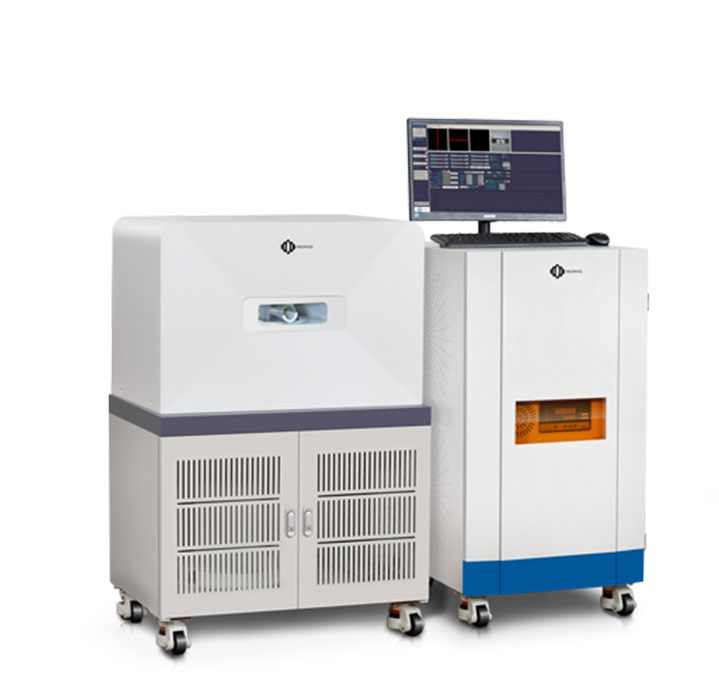Shale has low permeability, low porosity, high clay content and high organic matter content. The lacustrine shale has strong heterogeneity and variable organic matter content. Stratification is a common feature of shale and the main reason for shale heterogeneity. Shale consists of two parts: (a) clay-organic matrix, containing clay minerals and organic matter; (b) inclusions, such as quartz, feldspar and pyrite. Rock pores are mainly composed of clay-related pores and intergranular pores. The physical structural characteristics of shale are not conducive to shale oil production. In addition, due to the absorption and adsorption of hydrocarbons, the highly variable organic matter content is not conducive to shale oil production.
Due to clay swelling, low injection and low impact range, it is difficult to apply water flooding in shale reservoirs, and effective measures for enhanced oil recovery are urgently needed.
With Rock Core NMR system, we can conduct carbon dioxide miscible flooding experiments on oil shale and sandstone under high pressure. According to the Rock Core NMR T2 spectrum distribution curve, the oil in the shale is divided into two parts: fixed oil and free oil. Through the change of Rock Core NMR T2 spectrum distribution curve in the process of carbon dioxide miscible flooding, the recovery factor of oil in different storage states (fixed oil and free oil) was obtained. In addition, the effects of shale heterogeneity, competitive adsorption, and absorption of carbon dioxide-oil mixture on shale carbon dioxide miscible flooding were studied by numerical simulation.

 NIUMAG
NIUMAG